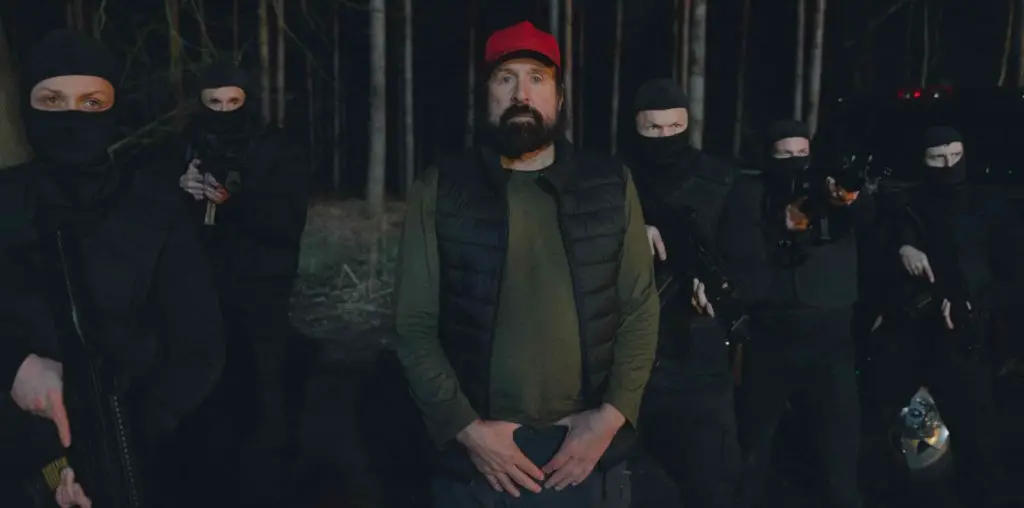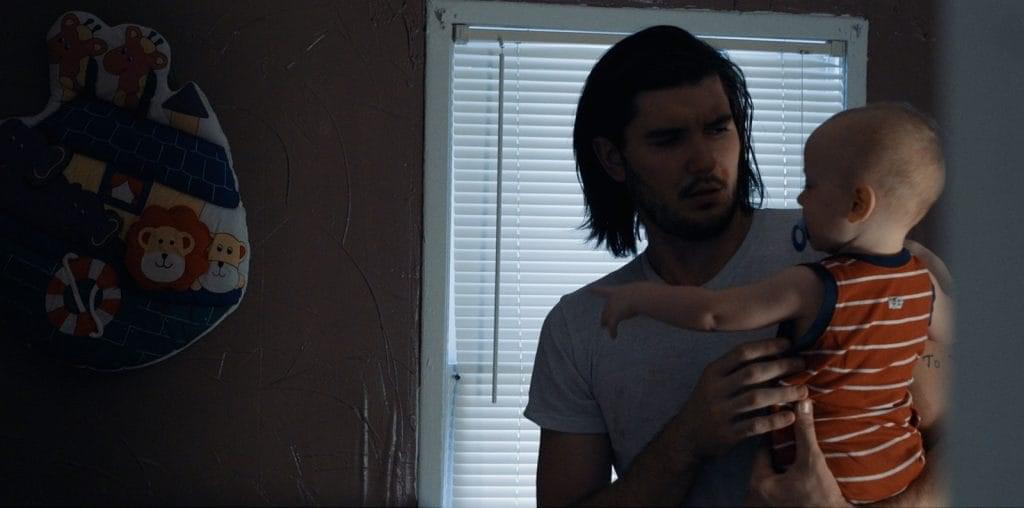
I have been very vocal about my stand regarding “special editions” of classic films. I don’t like them. I abhor the thought of an original work being “altered” or “brought up to today’s standards” and I cringe when “deleted scenes” are so haphazardly re-inserted. It is interesting for posterity to see a “new” version of a classic, but I consider it a crime when it is done in the interest of supplanting the original film. So, let me be clear, I think “special editions” are cool, as long as the original picture released to theaters remains available. An original cut of a film is, good or bad, the finished work made using the tools available at the time. And most likely, there’s a good reason that those deleted scenes were cut out in the first place.
I’m growing increasingly frustrated with some of my favorite directors from the 1970s. The filmmakers whose movies I grew up with are ruining their own pictures in the interest of profit and I find it an outrage. It’s the equivalent of an aging rock band going on their tenth and supposedly “final” world tour meant to milk money from their past accomplishments. Except for perhaps purist Martin Scorsese, and strangely, he’s the only one in this elite club of film directors who could actually use the money. (Will we someday see “Taxi Driver: The Maximum Edition”?) Consider the recent redux, or special editions or ultimate editions or alternate versions released on DVD or to theaters. There’s George Lucas’ “Star Wars” trilogy, John Milius’ “Conan The Barbarian,” Richard Donner’s “Superman,” and an upcoming “special edition” of Steven Spielberg’s “E.T.” is even on the way along with many others planned. And now we have Francis Ford Coppola’s “Apocalypse Now Redux.”
So, is it ever right to create a new version of a film intended to replace the original? Having seen the new three hour and 16 minute version of “Apocalypse Now” (longer by 53 minutes) this may be the only case where I would argue that a special edition not only makes sense, under these circumstances, it’s actually warranted. The result is a much better film.
I recall seeing the original when it first came out in 1979. “Apocalypse Now” debuted to a whirlwind of scandal surrounding its budget overages, casting controversies, Brando’s onset antics and an extended shoot in the Philippines that nearly killed members of the crew. Coppola shot two million feet of film (370 hours) over a 238-day shoot that was originally planned to last only 120 days. There was never really a script for the film, Coppola would write scenes on 3 X 5 cards and actor’s often received call sheets that read “scenes unknown.” The most well-known problems occurred with the lead character Willard. Harvey Keitel was initially cast and was replaced three weeks into shooting. Martin Sheen took his place but nearly died of a heart attack he suffered during shooting. In fact, Sheen was even given his last rites by a priest. During his recuperation, Coppola continued to shoot by using Sheen’s brother as a body double. To make matters worse, the most powerful hurricane in 40 years struck the Philippines shutting down production for six weeks. The budget doubled from $16 million to $32 million with Coppola mortgaging everything he owned to make up the difference. Postproduction, which normally lasts about six months, went on for two years. By the end, the press began referring to the film as “Apocalypse When?”
Coppola was crucified in the media for the excesses of the production. Surely this tainted the original movie-going audience’s perceptions of “Apocalypse” when it initially hit theaters. I know it was at the forefront of my mind when I first watched the film unspool at the Americana Theater in Southfield, Michigan. I remember leaving the theater feeling shocked, bewildered, confused and, though I was amazed and thrilled by the action, the ending somehow left me unsettled. Unsatisfied. As the years have gone on, I have learned to appreciate many of the individual scenes, but as a whole, the film just doesn’t work. “Apocalypse” seems to climax too soon with the helicopter attack, the Brando scenes meander and the ending doesn’t wrap up anything. It’s not entirely clear what Coppola is trying to say with regard to the picture’s theme. I know I’m not the only one who left the theater asking, “What’s the point?”
Coppola was rushed to finish the original. He had not only his career, but also his family fortune on the line based on the film’s success or failure. That’s a lot of pressure. Before going into the scenes that have been added into the additional 53 minutes, it’s important to note that the reason that this version works so much better is Coppola’s approach to editing this special edition. New scenes were not simply “dropped” conveniently into the film’s new continuity – Coppola re-edited the entire film from scratch using the original dailies and spent six months doing it. He cut the entire film with a mind toward “theme.” And it works. Some scenes feel slightly different, but they don’t feel wrong or out of place. There may be an insignificant line missing here or there, or some shots are a few seconds longer or shorter – it’s definitely a different film, but it’s unquestionably better.
Other improvements include an improved sound mix with two new pieces of original music scored for the film. The new sound mix makes it seem as if a war is breaking out in the theater – it’s that mind-numbing. The new print is spectacular having been struck using a Technicolor dye transfer process that is much like printing a magazine. The original cinematographer Vitorio Storaro oversaw the color timing process and seeing it in this new form, his contribution to the picture now seems even more impressive.
As I’m sure many of you already know, the story of “Apocalypse Now” is based on Joseph Conrad’s novel “Heart of Darkness” only set during the Vietnam War. Captain Willard (Martin Sheen), a U.S. Army intelligence officer, is sent on a mission to terminate with extreme prejudice a one Colonel Kurtz (Marlon Brando) who has gone completely insane in the jungles of the ‘Nam. The journey takes Willard up a river accompanied by the crew of a Navy patrol boat including the ship’s chief (Albert Hall), Chef (Frederic Forrest), Clean (Laurence Fishburne at a sprite 14 years of age), and surfer dude Lance (Sam Bottoms). The new scenes expand and enhance everything you know about the original. I feel it’s necessary to not only list the additions but my reactions as to why each one improves the film.
Willard Steals a Surfboard from Colonel Kilgore ^ After the stunning helicopter attack sequence with that stirring Wagner music, the boys are made to surf by Colonel Kilgore, even while a hail of bullets surround them. Lance resists and wishes to leave, which they do, but not before Willard steals a surfboard for Lance. Later, Kilgore sends out helicopters with a recorded message asking Lance to return the board. It’s a funny sequence and the only time in the entire film that Willard is seen smiling. It shows the camaraderie between the characters in a way we never saw before.
Playboy Playmates Return ^ The boat passes by the Playboy Playmates’ downed helicopter. They need fuel, so Willard makes them a deal – fuel for a half-hour each with the girls. It’s a damn sexy scene as we are treated to Lance and Chef each attempting a few moments of sanity with a beautiful naked woman in the midst of this brutal conflict. It’s touching and an obvious comment on women being used as a commodity. Fuel for females.
The French Plantation ^ The longest addition to “Apocalypse” is this sequence in which the boat happens upon a French plantation in the jungle. It is here that the boys have a small funeral for Clean. They actually take the time to mourn the death of one of their fallen comrades. Clean is buried along with an American flag. During a dinner sequence we meet Roxanne, a French widow (Aurore Clement) and Hubert Dubois (Christian Marquand) who begin a passionate debate about the politics of the period. ^ Willard then makes love to Roxanne in a strangely erotic bedroom scene. This entire segment slows the film down for a moment in a way that helps us not only get some historical perspective, but allow the characters and the audience to reflect on everything that has happened before. After this segment, the boat reaches its final destination headed straight for Kurtz.
Kurtz’s Reads of Time to Willard ^ Kurtz’s first meeting with Willard is new and takes place in a metal shed. He tells him not to leave or he will be killed. Kurtz then proceeds to read from two issues of Time magazine, exposing lies and contradictions about the war. And Brando does this reading from actual issues of Time. This is powerful stuff, and perhaps too controversial for the time of film’s original release. It sets up the dynamic between Kurtz and Willard much better as well as speaking entirely to theme. Bravo!
The Ending (non-spoiler, sort-of) ^ The ending is not cut all that much differently, it’s basically the same as the original. What’s different about it is the feeling that one is left with. That everything that came before logically should lead to this. There is a sense of completion. Satisfaction. Exhilaration. Willard kills Kurtz, the primitives set down their weapons and the boat leaves, but this time, it all seems worth it. It’s hopeful and not as cynical as the original felt.
“Apocalypse Now Redux” should stand as the example of how to do a special edition right. It’s not dumbed down, or softened or made politically correct for today’s sensibilities, it’s a film remade or reborn, if you will, into a more powerful work than the original.
Read Francis Ford Coppola’s Director’s Statement about “Apocalypse Now Redux” and press conference report at the Cannes 2001 Film Festival>>>

